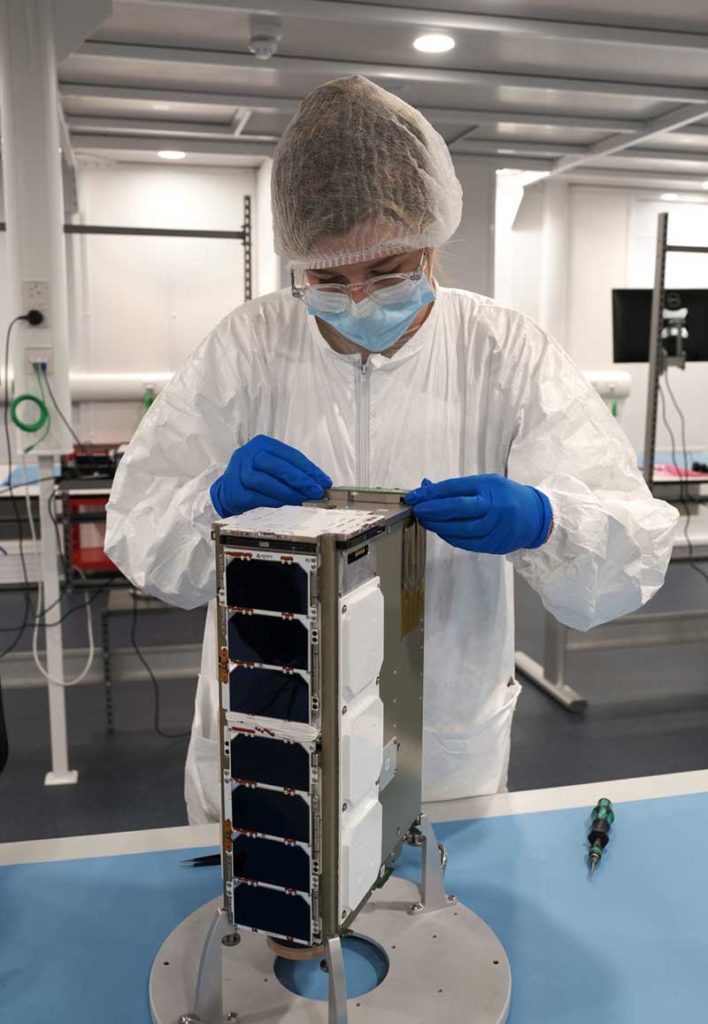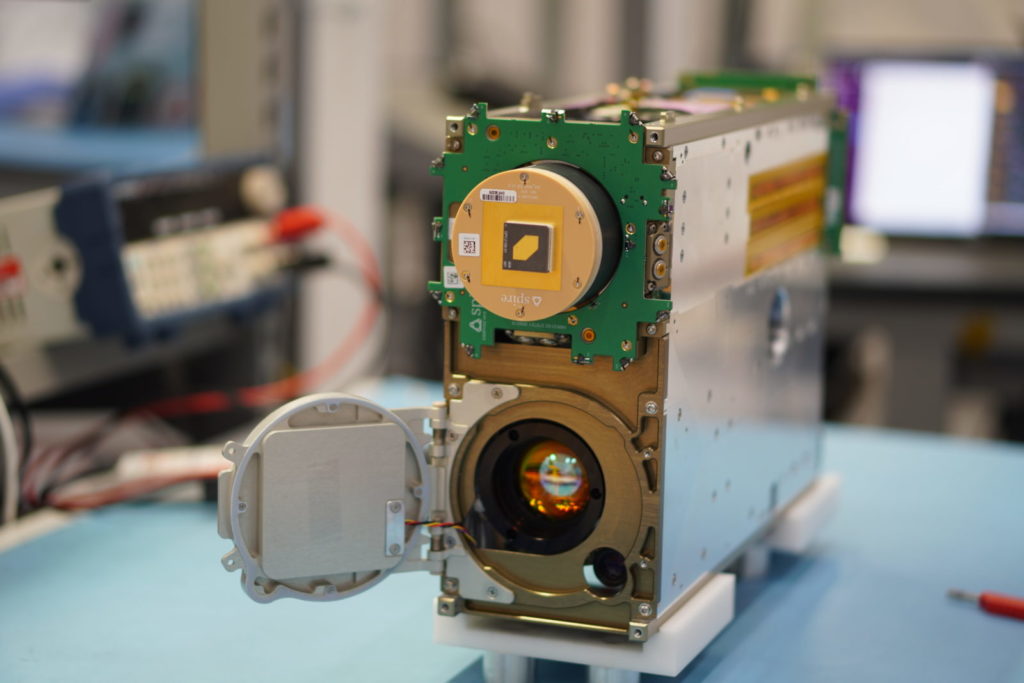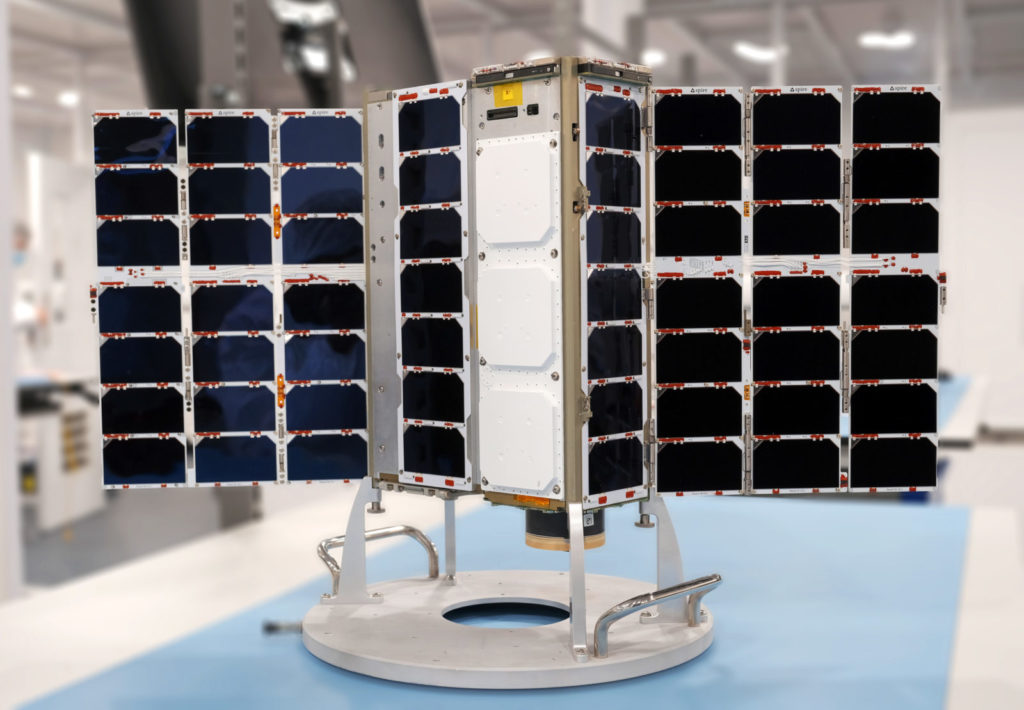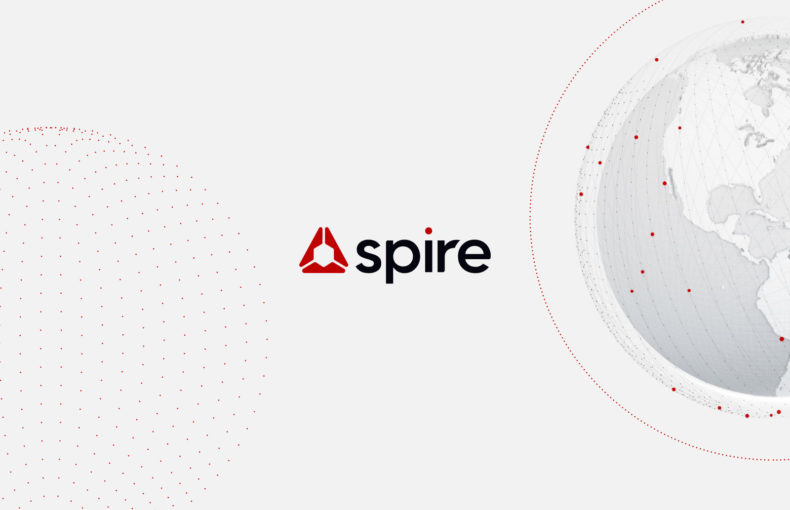Spire Celebrates Recent Milestones: Reflections from our CEO
As Spire reaches several milestones, CEO Peter Platzer looks back on the journey to get here. From a garage start to global offices, the future looks bright.
This past week, Spire had a day of milestones – we successfully launched our 150th satellite into low-Earth orbit, deployed our first 6U satellite, and reached orbit with two separate launch partners on a single day to provide data for multiple Space Services customers. I’m very proud of the Spire team for these accomplishments and the relentless effort that has gotten us to this point. The recent launch events were a nice reminder for me to think back on how far we have come, remembering all of the years of work and iteration across those 150 satellites, starting in 2014. My day-to-day is so focused on the future of Spire – whether our next quarterly earnings or our strategy 5 years forward – that I sometimes forget to appreciate everything we have achieved. So I’d like to indulge a bit in early Spire memories.
In preparation for one of our very first launches, I can vividly recall our co-founder, Joel Spark, doing satellite integration in our “clean room,” which was basically a conference room with a table taken off the street corner garbage pile in San Francisco. Then the shipping company misplaced our satellites for two days en route to the launch site. When those early satellites finally made it to the launch pad and I watched the countdown and rocket lift-off, it was nerve racking and I felt helpless knowing the totality of funding we had at the time was on that rocket and depended on someone else’s technology. This was the one step in the whole process where Spire had no control of the outcome. It turned out alright, obviously, since Spire is still around today. That said, I have never watched another rocket launch. I have always told our team, “Let’s celebrate what we built – when the satellites make first contact with us, then we cheer.” I quickly learned that hearing from our satellite operations team over Slack that we had made contact doesn’t have the same emotional appeal as watching the rocket go up and feeling the tension and excitement together with a group of people who have worked with you towards the same goal.

The original “clean room” in a San Francisco Garage

Spire’s new state of the art manufacturing site at Glasgow’s Skypark
So this week I’m giving in to the emotion of it and celebrating that we just hit that 150 satellite milestone with some big launch events. I’m really proud of everyone over the years who has worked on these satellites and of how much we have improved and learned since then. It is truly great work. Our satellites today have more than 100x the capability of those early ones that were misplaced on the way to the launch pad. This recognition also reminds me that it isn’t per se about how many satellites we have launched, but the impact their data is having on Earth.

Our Customer, Oroatech’s 6U satellite will help identify and monitor areas at risk of wildfires and enable early detection of hotspots.
This group of satellites is particularly broad in capability. They will enable our Space Services customers to do a wide variety of data observations including wildfire monitoring, detecting space debris, and testing machine learning systems. In these instances, Spire is the infrastructure provider supporting our customers’ data needs. Some of the satellites also carry Spire’s normal operational payloads, which allow us to support improved weather forecasting, monitoring of illegal fishing, more efficient supply chains, and many other use cases for our data. It is really fun learning about all of the use cases that this group of satellites makes possible. Ultimately what matters most is the value that we provide for our customers and the deep sense of purpose we feel in accomplishing these goals. Spire’s satellites have an unbounded positive impact on Earth, helping humanity tackle some of our largest challenges like driving towards Net Zero and adapting to climate change. This is the ongoing story of Spire.

Spire has deployed its first 6u satellites into orbit as part of the SpaceX Transporter-3 launch. satellites are built to standard dimensions (Units or “U”) of 10 cm x 10 cm x 10 cm
Ten years ago, Joel, Jeroen and I envisioned satellite data making a positive impact on society. After a KickStarter campaign, building our first satellite in a San Francisco garage, multiple rounds of funding, opening six offices around the globe and recently going public on the New York Stock Exchange, I can start to feel that we can truly claim this impact. In 2022 our data will help give a billion people representing approximately half the world’s GDP a better weather forecast. Certainly we are only at the early stages of the influence Spire will have in the coming years and decades, leveraging our space technology to solve problems on Earth. I’m as committed as ever to our mission at Spire and we have a passionate team that is executing, growing, and solving customers’ challenges with a single-minded focus.
 Written by
Written by


